When it comes to strength training, few pieces of equipment hold as much significance as the barbell. With its timeless design and versatility, the barbell has become the backbone of countless workout routines, ranging from powerlifting and Olympic weightlifting to general fitness. In this article, we will explore the ins and outs of barbell bars, shedding light on different types, key features, and their overall importance in achieving fitness goals. 1. Understanding the Types of Barbells: Barbells come in various types, each designed for specific purposes. Olympic weightlifting bars, powerlifting bars, and general-purpose barbells are the most commonly used. Olympic weightlifting bars are ideal for moves like snatches and clean and jerks, as they are built to handle dynamic movements. Powerlifting bars, on the other hand, are more rigid and designed for heavy lifting competitions. General-purpose barbells offer a balance between the two, making them suitable for a wide range of exercises.

.
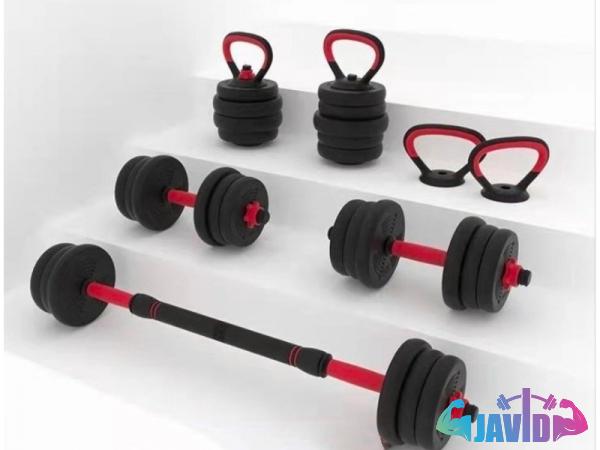 2. Key Features of Barbells Bars: a. Length and Weight Capacity: Barbells typically range in length from 6 to 7 feet, with different weight capacities. The standard weight capacity of a barbell is 1,000 pounds, but some specialty bars can handle even more. b. Sleeve Rotation: The sleeves of a barbell should rotate smoothly to reduce strain on your wrists and elbows while allowing for efficient lifts. Look for bars with quality bearings or bushings for optimal rotation. c. Knurling: The knurling pattern and aggressiveness provide grip for a secure hold during exercises. Different bars may have varying levels of knurling to cater to personal preferences and specific exercises. d. Bar Diameter: The standard diameter of a barbell is 1 inch for women’s bars and 1.1 inches for men’s bars. However, specialty bars, such as those used in powerlifting, may have a larger diameter.
2. Key Features of Barbells Bars: a. Length and Weight Capacity: Barbells typically range in length from 6 to 7 feet, with different weight capacities. The standard weight capacity of a barbell is 1,000 pounds, but some specialty bars can handle even more. b. Sleeve Rotation: The sleeves of a barbell should rotate smoothly to reduce strain on your wrists and elbows while allowing for efficient lifts. Look for bars with quality bearings or bushings for optimal rotation. c. Knurling: The knurling pattern and aggressiveness provide grip for a secure hold during exercises. Different bars may have varying levels of knurling to cater to personal preferences and specific exercises. d. Bar Diameter: The standard diameter of a barbell is 1 inch for women’s bars and 1.1 inches for men’s bars. However, specialty bars, such as those used in powerlifting, may have a larger diameter.
..
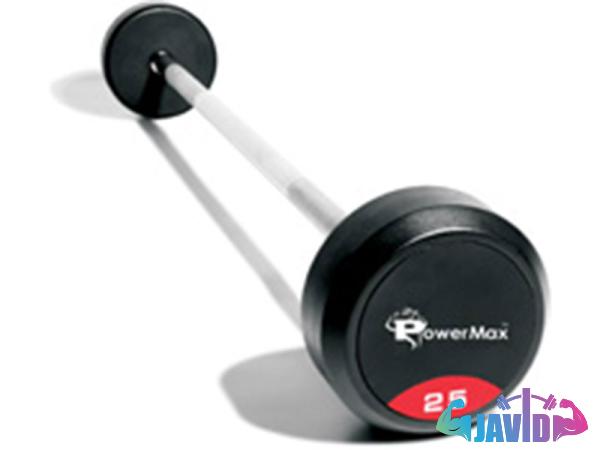 3. Importance in Achieving Fitness Goals: Barbell bars are an essential tool in strength training for several reasons: a. Muscle Development: Barbell exercises activate multiple muscle groups simultaneously, allowing for greater overall muscle development. Compound movements like squats, deadlifts, and bench presses are among the most effective exercises for building strength and size. b. Progressive Overload: Barbells facilitate incremental weight increases, allowing for progressive overload. This principle is crucial for muscle adaptation and continued progress in strength and muscle growth. c. Versatility: With a barbell, you can perform a wide range of exercises targeting various body parts. From lower body movements like lunges and step-ups to upper body exercises like shoulder presses and bent-over rows, the possibilities are endless.
3. Importance in Achieving Fitness Goals: Barbell bars are an essential tool in strength training for several reasons: a. Muscle Development: Barbell exercises activate multiple muscle groups simultaneously, allowing for greater overall muscle development. Compound movements like squats, deadlifts, and bench presses are among the most effective exercises for building strength and size. b. Progressive Overload: Barbells facilitate incremental weight increases, allowing for progressive overload. This principle is crucial for muscle adaptation and continued progress in strength and muscle growth. c. Versatility: With a barbell, you can perform a wide range of exercises targeting various body parts. From lower body movements like lunges and step-ups to upper body exercises like shoulder presses and bent-over rows, the possibilities are endless.
…
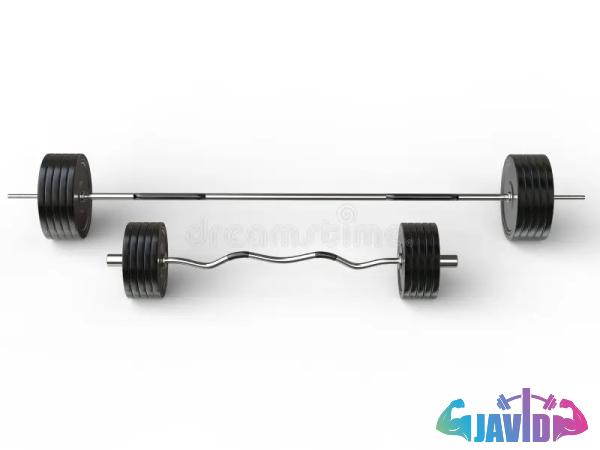 d. Stability and Control: Unlike other equipment, barbells provide a stable and controlled lifting experience. This ensures proper form and reduces the risk of injury, while also improving core strength and balance. Conclusion: In any strength training regimen, the barbell becomes an indispensable tool for achieving fitness goals. Whether you’re a powerlifter, Olympic weightlifter, or just starting your fitness journey, understanding the different types and features of barbell bars is essential to optimize your workouts. By selecting the right barbell for your needs, you can unlock the potential for immense strength gains, muscle development, and improved overall fitness. So, why wait? Embrace the power of the barbell and start transforming your physique today.
d. Stability and Control: Unlike other equipment, barbells provide a stable and controlled lifting experience. This ensures proper form and reduces the risk of injury, while also improving core strength and balance. Conclusion: In any strength training regimen, the barbell becomes an indispensable tool for achieving fitness goals. Whether you’re a powerlifter, Olympic weightlifter, or just starting your fitness journey, understanding the different types and features of barbell bars is essential to optimize your workouts. By selecting the right barbell for your needs, you can unlock the potential for immense strength gains, muscle development, and improved overall fitness. So, why wait? Embrace the power of the barbell and start transforming your physique today.

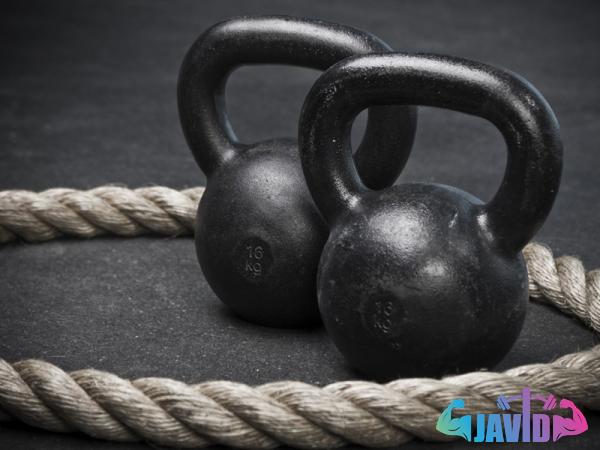
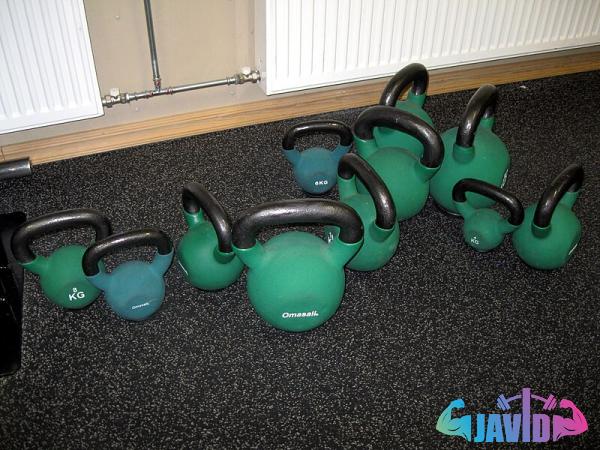

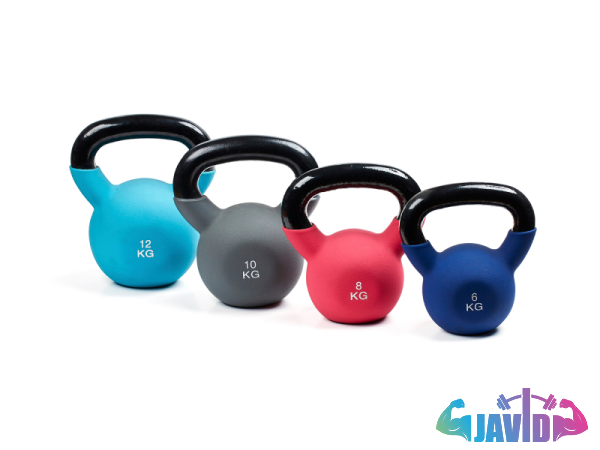

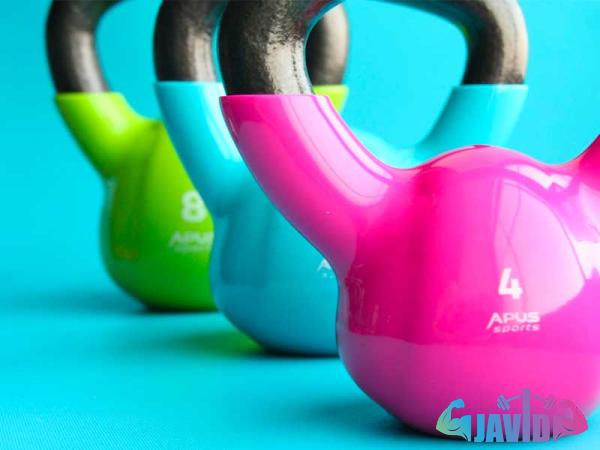
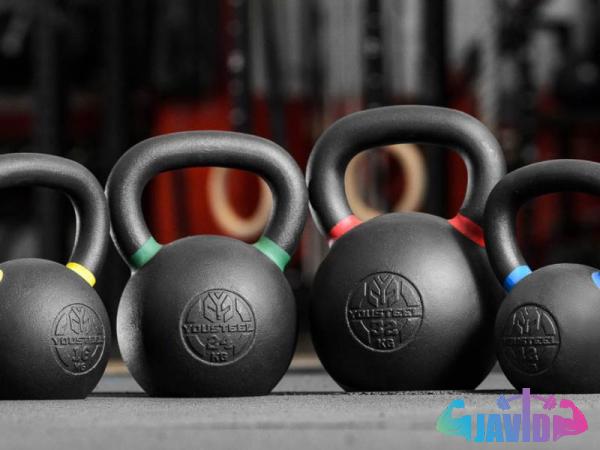
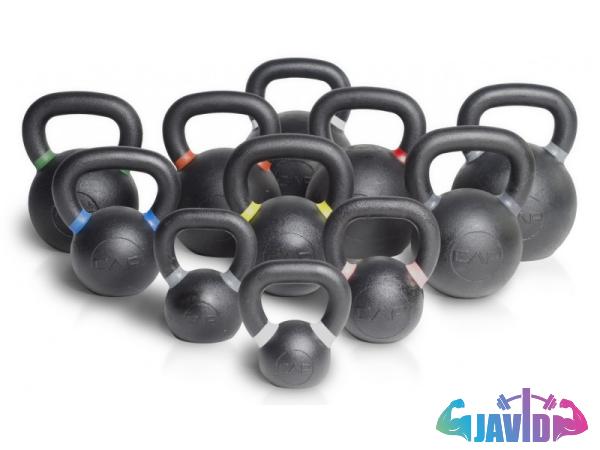

Your comment submitted.